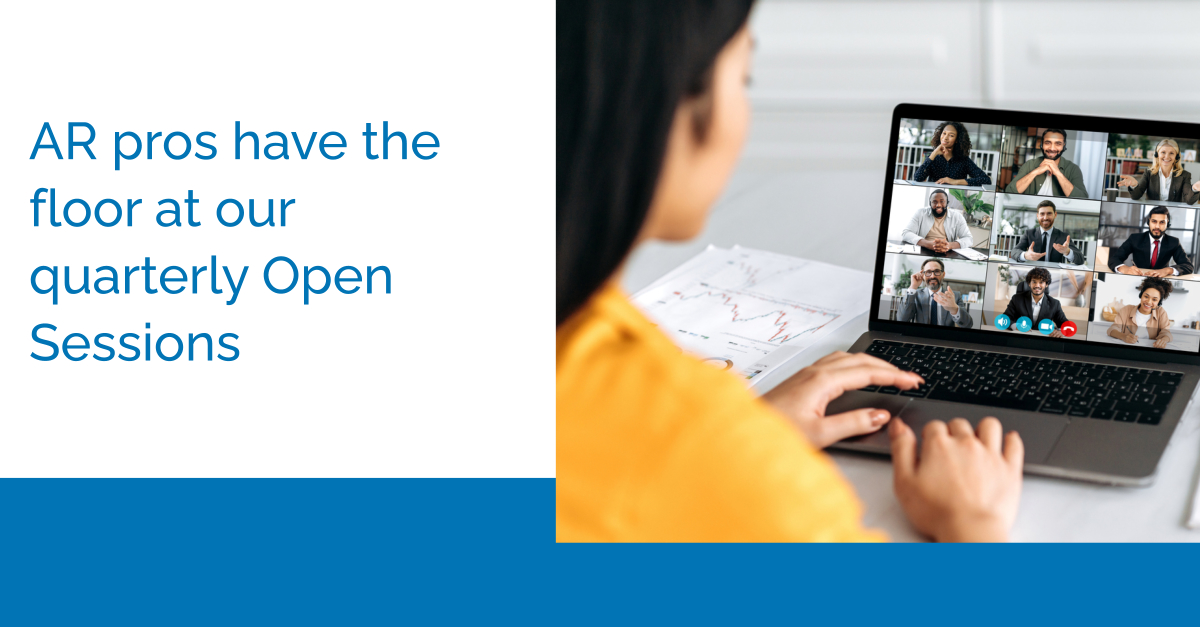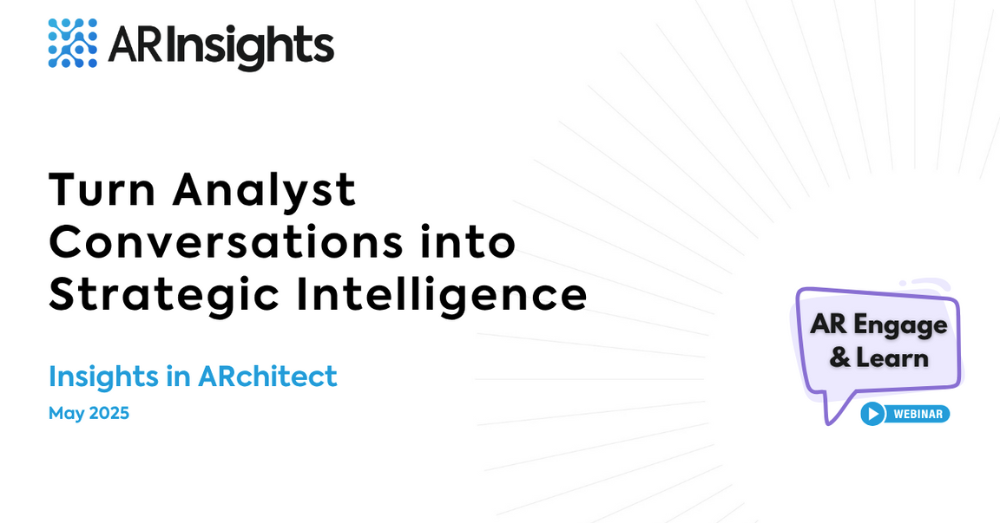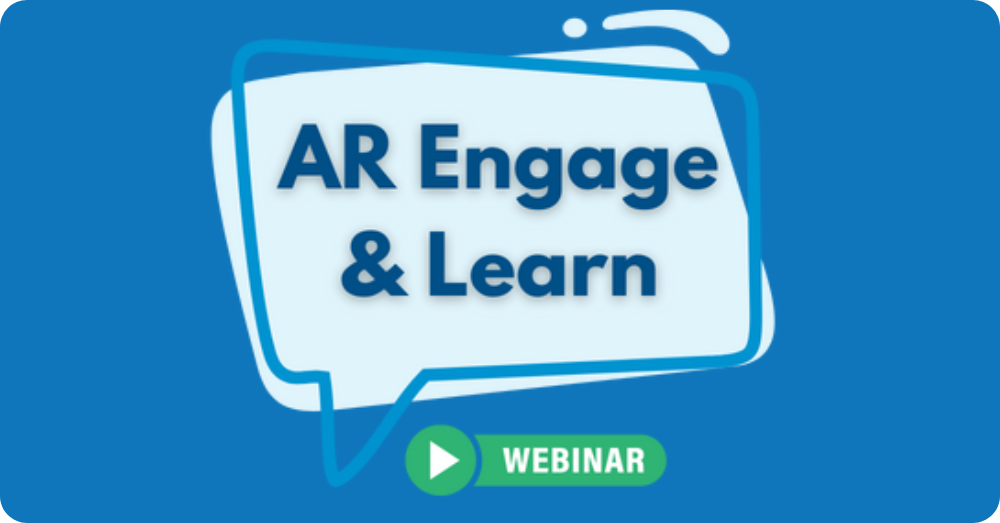At ARInsights, we seek to not only help analyst relations (AR) pros and their companies connect with analysts and other influencers — but also to enable AR pros to connect with each other.
To foster that sense of community, every quarter, we host a free, virtual Open Session for AR practitioners. It’s an opportunity to share what’s on your mind — tapping into a global AR network to raise issues, ask questions, tackle challenges, and explore trends and opportunities together. You can even “dish” and gripe, as needed (we all have to sometimes!); the sessions aren’t recorded, so won’t be made available for replay.
Through our blog, we do try to share some of the session topics that arise — as they’re often common and timely ones that many AR programs face. Here’s what was on folks’ minds at our most recent Open Session:
To escalate or not to escalate?
So, you’ve been waiting with bated breath for a draft of a vendor evaluation for fact-checking. And when you see it, your heart sinks a little: You (and/or your execs) really don’t think your company was described, scored or even positioned accurately. What do you do?
The overwhelming consensus was to escalate — either with the analyst or, in some cases, with the methodology team. If you don’t ask questions, there’s no way to effect change. But don’t be brash, accusatory or insulting, AR pros cautioned. Instead, come at it respectfully and, most importantly, “point to the data.” If you can show how scoring was supposed to be structured, or prove a certain feature was included in your product by a given date (and so on), you’re more likely to have a productive conversation.
Many AR pros shared that these conversations did lead to changes — typically a few scores being adjusted, “strengths” and “cautions” being tweaked, etc. And while it doesn’t happen often, in rare cases, participants shared that their company’s dot had even moved quadrants, as a result of the conversation/escalation. In these instances, the culprit had been a mathematical error (such as the analyst firm inadvertently inputting the wrong number for a company’s financials — hindering that vendor’s “execution” placement).
Another participant shared that there are times when it pays off to join forces. The person related an instance when changes were implemented to a vendor evaluation mid-process (e.g., weightings being changed, analysts being switched out). AR pros from multiple participating vendors coordinated together to respectfully (and successfully) present their concerns.
The bottom line: It doesn’t hurt to ask questions! Just do so thoughtfully, and be prepared.
Regional analyst days: Still happening?
Open Session participants were also curious about organizing regional, in-person analyst days: Are they still happening? Are analysts willing to travel? One participant mentioned they believe Gartner is now footing the bill for their analysts’ travel and accommodations (rather than letting vendors pay), does this impact attendance? Many AR pros in attendance noted they are still hosting these types of events — and still seeing decent attendance.
Participants also reported they’ve worked with Gartner to help analysts justify to their managers the travel expenses. This often means balancing 1-to-many presentations at the event with 1-to-1 sessions as well. In particular, AR pros recommended providing analysts with C-suite access as a way to help drive analysts’ (especially Gartner analysts’) attendance.
Other AR pros recounted working with their account managers to find local Gartner analysts who can commute to their events, at no charge to the firm — win-win!
For those planning analyst events, our Event Manager solution helps you plan and schedule meetings — viewing schedules instantly to avoid conflicts — as well as generate prep materials and custom agendas.
AR program metrics
Metrics are always a popular topic at Open Sessions. How do you measure AR success? How can you show that you’re moving the needle?
Increasingly, participants report a movement away from purely activity-based metrics (e.g., total number of briefings): shifting the emphasis from quantity to quality, or at least factoring both areas in.
As one participant shared, it’s often important to look at the company’s overall business goals and then derive AR goals from that. For example, “if your company is trying to create a better presence in one geography — like you’re strong in the US and want to expand to Europe — how can the analysts help with that?” The AR pro suggested going to (and tracking your presence at) European analyst events, discussing your market messaging with European analysts and better engaging those analysts as well. Then, at a designated time frame (such as six months or a year later), assess whether there’s been an impact on European sales and marketing. While AR doesn’t create all the demand, it’s a piece of that — and so it’s important to work with marketing to attribute revenue appropriately.
Working with non-analyst influencers
Increasingly, non-analyst influencers — such as industry insiders and executives, technology bloggers and journalists, prominent employees and other experts, who don’t have paid relationships with end-users — are falling under the purview of AR.
AR pros noted these people are important to their programs, even though engagement strategies sometimes differ from those used with traditional industry analysts. AR pros and other marketing colleagues often engage non-analyst influencers to drive greater exposure and brand amplification.
At ARInsights, we’ve seen our users’ rising engagement with non-analyst influencers, and our database reflects that. Of the more than 10,000 profiles accessible to all customers in ARchitect, 40% are not traditional analysts — underscoring the importance of these additional industry movers and experts, and AR’s increasing involvement with them. And there are several thousand more non-analysts that customers have entered themselves as “site private influencers.” As you may know, to help you better engage these individuals, ARInsights provides a Custom Influencers offering, where we monitor the non-analyst influencers who matter to your business — researching them; maintaining their contact information; and capturing their latest social posts, blog articles and media mentions in Premium Content, so you can access, search, save and report on them.
Join the conversation
For those of you who attended the Open Session, we hope you enjoyed it! And for attendees and non-attendees alike, we hope these highlights were helpful. We’d love to see you at our Q2 Open Session in June. You can plan ahead, and register here.




